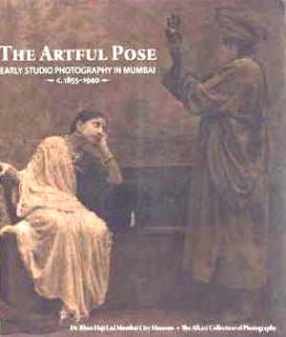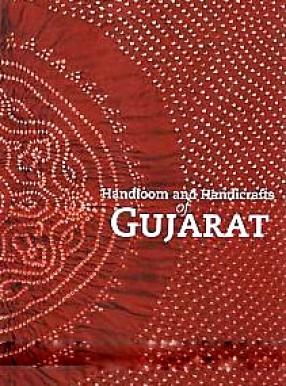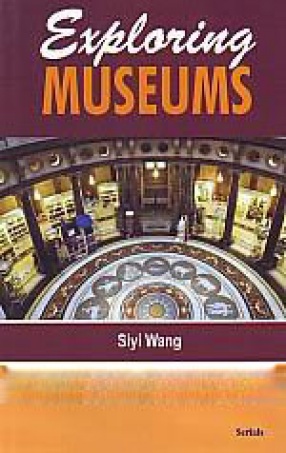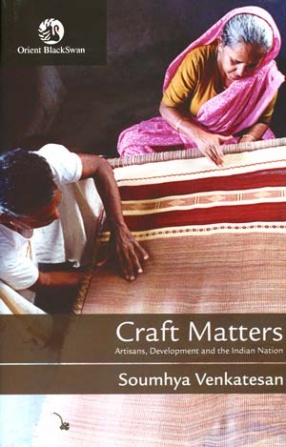Photography arrived in the harbour city of Mumbai (erstwhile Bombay) as early as 1840, via trade, as well as through European explorers and government officials. With the establishment of India's first photographic society in the city in 1854, the medium was used for documentation and later, even taught as an art form. Between the mid-nineteenth and early twentieth century, Mumbai became one of the largest centres of photography's patronage and dissemination in India, underscored by practitioners like Dr. Narayan Daji (C. 1828-1875), a medical doctor and brother to the acclaimed Indologist, Dr. Bhau Daji.
Drawn from the remarkable Alakazi collection of photography, this exhibition catalogue explores the arrival, dissemination and advancement of studio photography in Mumbai, through both European and "native" cameramen. A keen recording of castes and tribes of British officials, in time, gradually expanded to the experimentation with portraiture and performance in numerous studios such as S. Hormusji and Shapoor N. Bhedwar, among others. By the late-nineteenth century, professionals and independent firms, such as Bourne and Shepherd and Lala Deen Dayal and Sons, enlarged the ambit of photography's influence, with enduring images of families, events and landscapes, beautifully illustrated in official and personal souvenir albums, cartes-de-visite and even panoramic views of Mumbai City, a rising industrial metropolis at the time.
Remnants of the past studios exist even today, bearing insights in to the role of conventional art practices in popular culture. The supporting essays in this publication highlight important photographers and trends in the early years of photography in India, thereby deepening our understanding of a bygone era of image making in the wake of the digital age. This is perhaps what makes early photography a rich and vital part of Indian art and culture today, ever since its invention around 170 years ago.






There are no reviews yet.